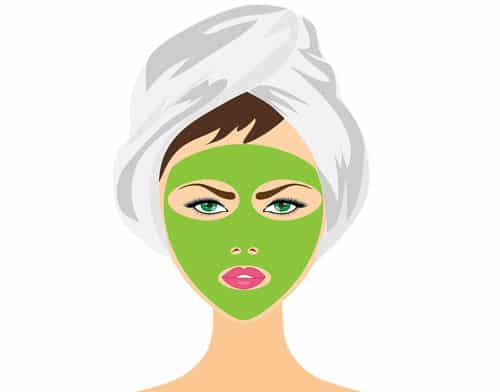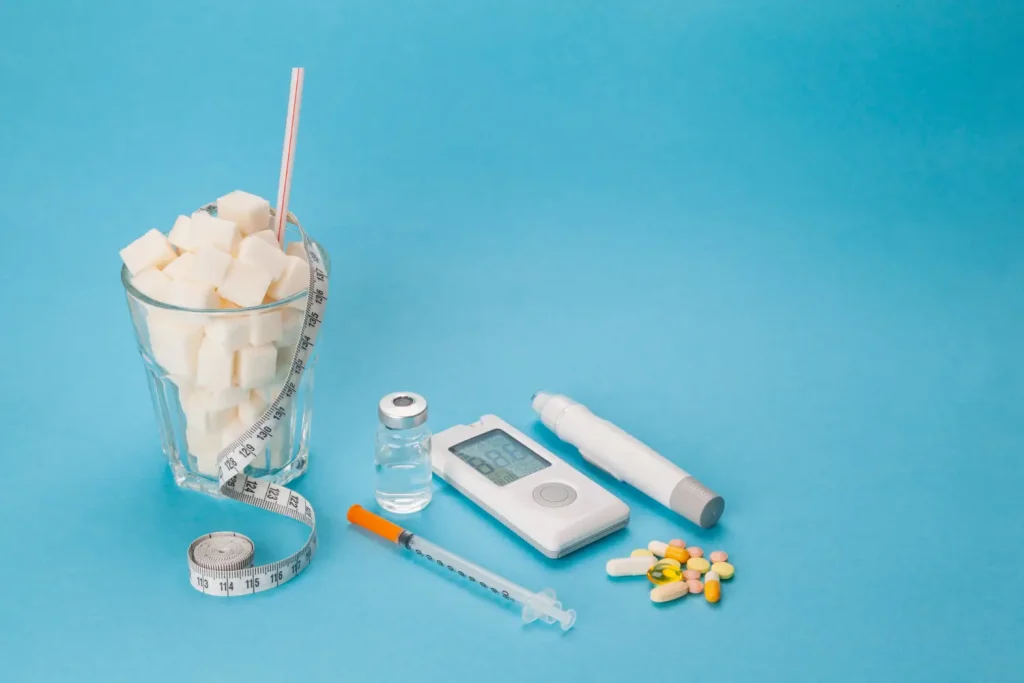Chemical peels, a proven, safe, and an effective way to quickly improve the skin’s appearance. They involve applying a chemical solution to the face, neck, or related area. The chemical used in these peels cause any old, damaged skin to separate from new skin, resulting in smoother, rejuvenated skin and a more even skin tone.
Chemical peels are an alternative solution to be utilized in improvement procedures, affecting the look and feel of skin tissue, visibility of certain types of scars, and overall reduction of superficial wrinkles.
Are chemical peels right for me?
Chemical peels can be used to treat a variety of skin concerns. Discuss what types of chemical peels may be right for you with your doctor.
Acne
Chemical peels exfoliate the skin to help treat acne and reduce the appearance of acne scars. It is essential that you continue to use acne-fighting skincare products, such as retinol treatments from ZO Skin Health, after the peel to maintain the benefits.
Wrinkles
Chemical peels are especially helpful for treating superficial wrinkles. They trigger the body’s regenerative process, causing new cells to grow. Chemical peels regenerate and restore the skin for a more youthful appearance.
Hyperpigmentation
Hyperpigmentation such as age spots, and other dark patches, can be corrected with the use of chemical peels.
Stretch marks
Although Stretch marks may not be corrected completely, chemical peels can help reduce the appearance.
Large pores
Chemical peels are effective for reducing pore size and excess surface oil. Chemical peels exfoliate the skin and remove dead skin cells.
Skin cancer prevention
There are many causes of pre-cancerous and cancerous skin lesions. Chemical peels remove the top layer of skin, which may contain precancerous cells.
Getting ready for a chemical peel
Talk to your doctor
Patients should consult a dermatologist or other health-care provider before receiving a chemical peel. The doctor can determine whether chemical peels are safe for the patient’s skin. The dermatologist will discuss the risks and benefits of chemical peels and help the patient to make an informed decision.
While there may be at-home treatments, it is always safest and most effective to receive treatment from a doctor. They have access to products such as Filorga chemical peels that can produce better results.
As well, you should avoid chemical peels if you have any active infections, such as cold sores, or inflammation on the face. It is also recommended that pregnant or lactating individuals do not receive treatment.
Taking care of your skin
The skin should begin returning to its normal state about 2 weeks after receiving a chemical peel. However, recovery time differs depending on the patient’s skin type. If you have just received a chemical peel, your doctor will discuss the appropriate aftercare methods to ensure a speedy recovery. Generally, it is best that you avoid extreme temperatures. You should also avoid prolonged exposure to the sun and wear sunscreen to protect the skin. After the peel, your skin may start to feel tight or itchy as it heals, and it is best that you avoid scratching the area. You may also need to discontinue the use of certain products until the skin has stopped peeling or flaking and use hydrating moisturizers to encourage healthy skin.
What are the side effects?
After a chemical peel, patients will experience temporary redness, peeling or flaking, and dryness of the skin. These side effects will disappear as the skin heals, resulting in a more toned and youthful complexion.
If you are thinking of getting a chemical peel, make sure you seek the advice of a trained professional. They will be able to determine whether you need a light peel, a deep peel, or something in between. Peels are a great way to rejuvenate the skin and can do wonders even if you don’t have any visible marks or wrinkles on the face. Speak to your doctor to discuss what treatments and products similar to Ellanse are available to you.





















